A Flexible and Common Option to Safety Surfacing
Since the inception of ASTM standards and CPSC guidelines relating to safety surfacing around play equipment, engineers, designers, manufacturers, and others have developed a multitude of products suited to the playground surfacing industry. One of the more common of these products are safety tiles. For the most part, the composition of safety tiles is the same as that of poured-in-place safety surfacing. They also cover generally the same spectrum of applications. To help better understand the product we should look at some of the pros and cons of their use.
Tiles come in varying sizes and thicknesses based on the manufacturer's criteria and fall height requirements for a specific application. The relative ease of installation makes them a good choice for those looking to limit expense associated with providing a safety surface that meets the requirements of the ASTM and CPSC.
The most common methods of installation are similar among manufacturers. However, certain types of tile surfacing may require a professional contractor, particularly tiles that require the use of special fasteners, flammable adhesives, and tools. Some types of tiles use metal fasteners to join the pieces while others must be glued at the seams using special adhesives which can bond to skin instantly.
Much like other unitary surfacing products, base preparation is most important to achieve the desired result. Tiles installed over soft or unstable ground will cause the tiles to move and separate over time. This can create gaps that can present a tripping hazard or a soft spot on the surface which can cause injuries. The ideal base materials are concrete, asphalt and well-compacted ground.
When installing over concrete or asphalt, the tiles are installed using adhesive supplied by the tile manufacturer. The adhesive provides a mechanical bond between the tile and the subsurface, which keeps the tile in place.
Installation over soil requires more preparation. First, the soil must be well compacted. This is very important especially since there is usually loose soil encountered after the installation of inground play equipment. After compaction of the base, a filter fabric must then be installed. The purpose of the filter fabric is to guard against soil erosion and inhibit the growth of vegetation under the safety surface. After the filter fabric is installed the tile can then be laid in place. Depending on specific application and the manufacturer's recommendations, a modified stone base may also be required. Most manufacturers also offer tapered edge tiles to eliminate tripping hazards at the perimeter of the surface area while also providing ADA accessibility.
One problem with tile surfaces is the tendency of the individual tiles to warp or curl, especially at the corners after exposure to the elements over a long period of time. This problem is more prevalent in areas of extreme heat or cold and when the tiles are installed over soil because of the inability to mechanically bond the tile to the base material. Another issue that must be addressed when installing over soil is containment of the tiles. Because the tiles are not bonded to the base material, a stationary perimeter border must be installed to prevent the tiles from moving thus creating gaps at the tile joints.
Unlike poured-in-place and loose-fill surfacing materials, tiles must be cut to fit around support posts and other components that protrude from grade. This is usually accomplished by using a sharp razor knife. Trying to cut safety tiles with a saw is not recommended because of the inability to keep the cut straight and clean. The overall success of the installation depends on the installer's ability to make neat cuts around the equipment and maintain clean lines at the seams of the tiles.
When debating the use of tile as a safety surface, factors such as the type of equipment, the age of the equipment used, and the location should all be considered. Tile may not be the best choice in areas such as those stricken with high incidences of vandalism due to the higher cost of the product. Wood fiber surfacing may be the best choice for a situation of that nature. The opposite may hold true for daycare facilities where children run the risk of ingesting the wood fibers creating a choking hazard.
Maintenance of rubber tile surfacing is much the same as that of other types of rubber surfaces such as poured-in-place. The area should be kept clear of debris such as leaves, branches, rocks, stones, dirt, and litter. Broken glass and metal objects are capable of cutting or otherwise damaging the top wear layer of the tile leading to premature failure of the surface. Cleaning is achieved by using a mild detergent and a soft nylon bristle brush. After scrub cleaning the surface, it should be hosed off with a low-pressure stream of water. Regular maintenance will keep the surface looking new for the life of the product.
Obtaining information on a variety of surfacing products is your best bet when considering the most suitable and cost-effective surface for your application.


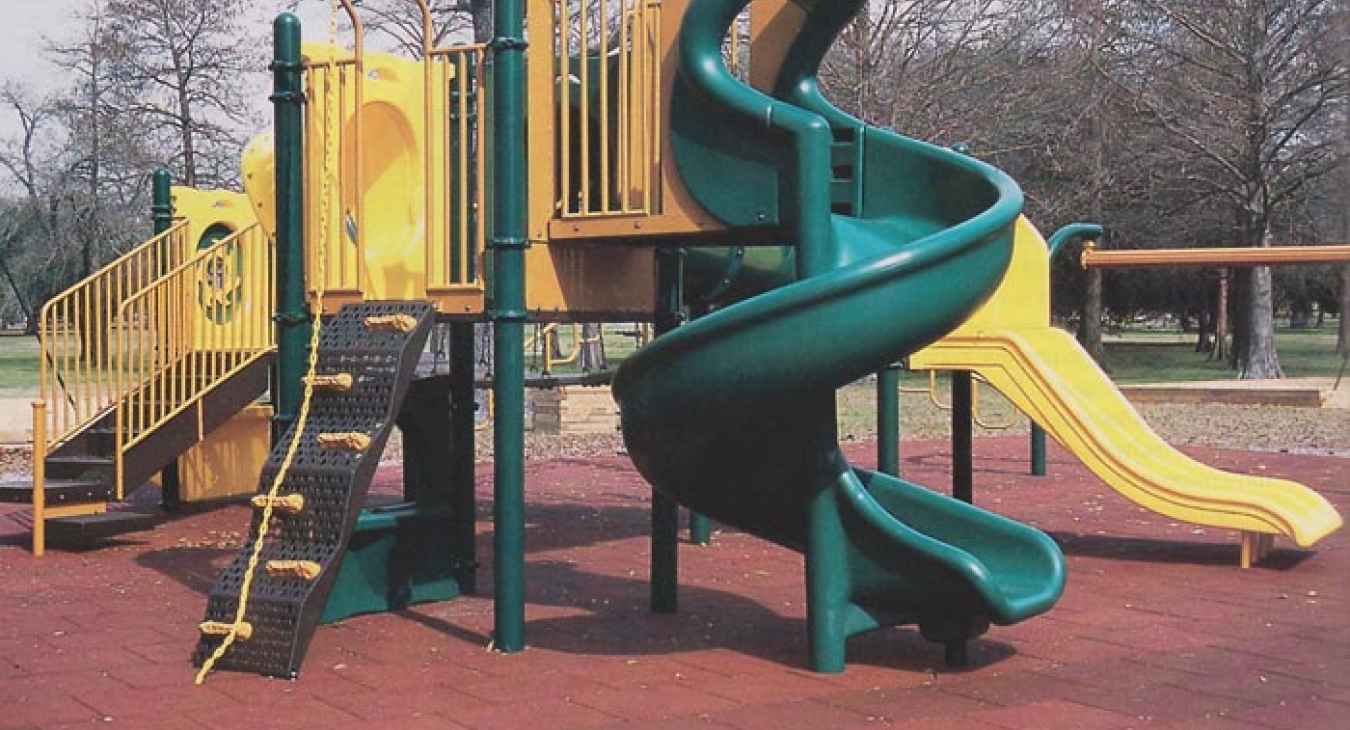
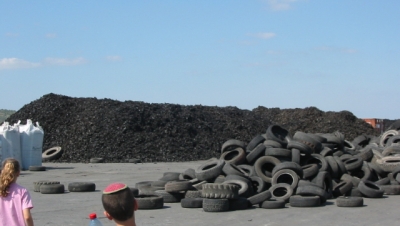
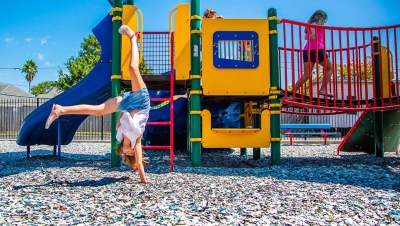
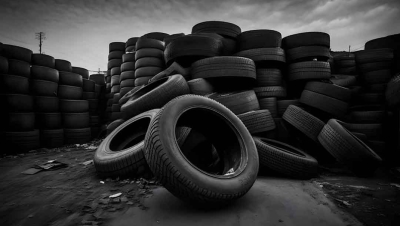

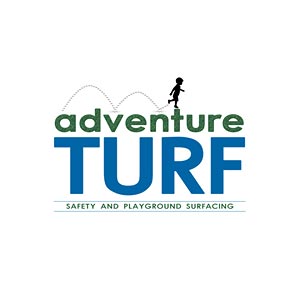
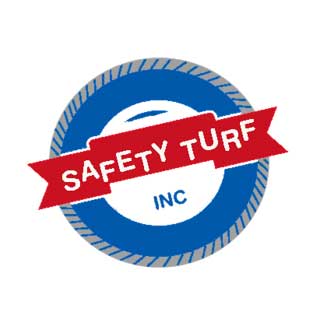
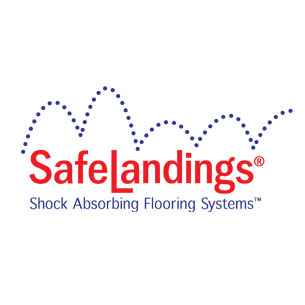



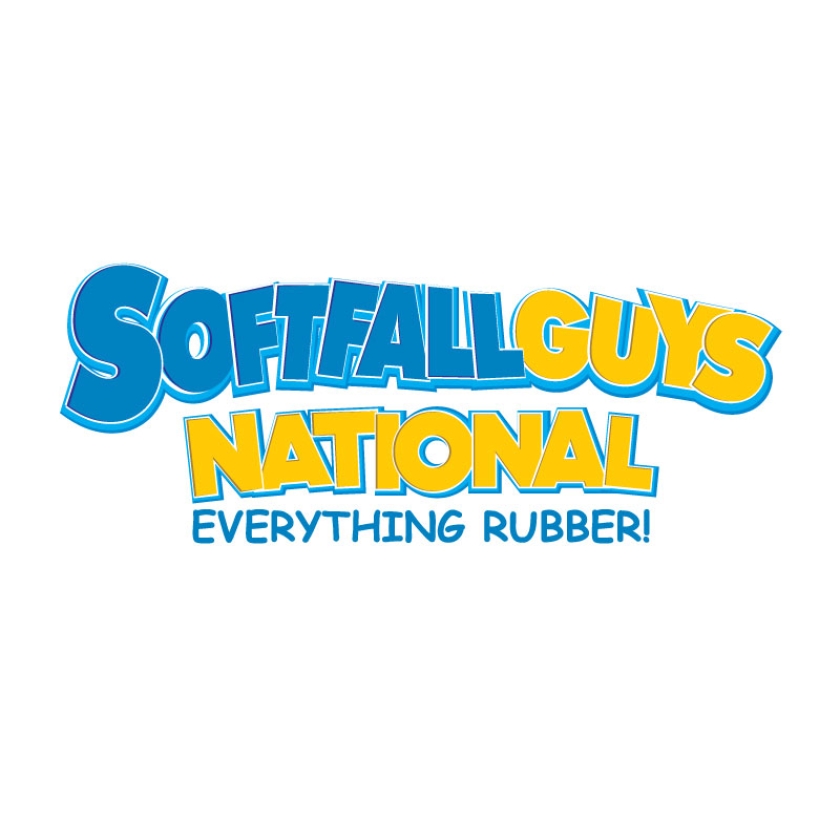
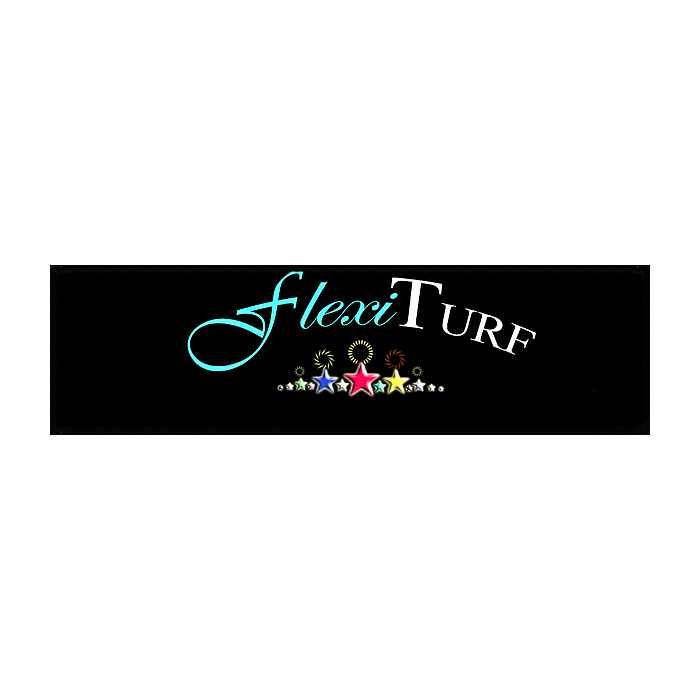

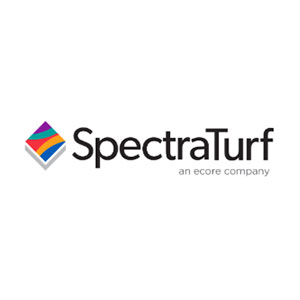
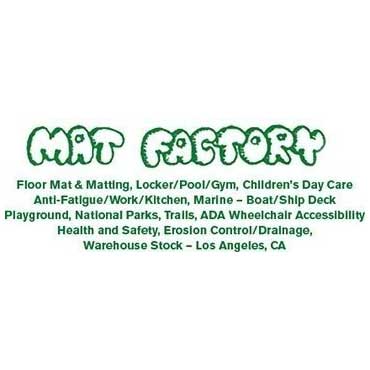

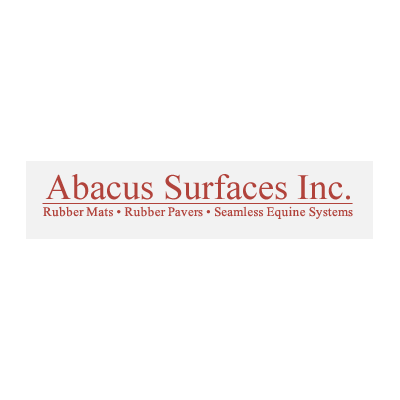
Add new comment